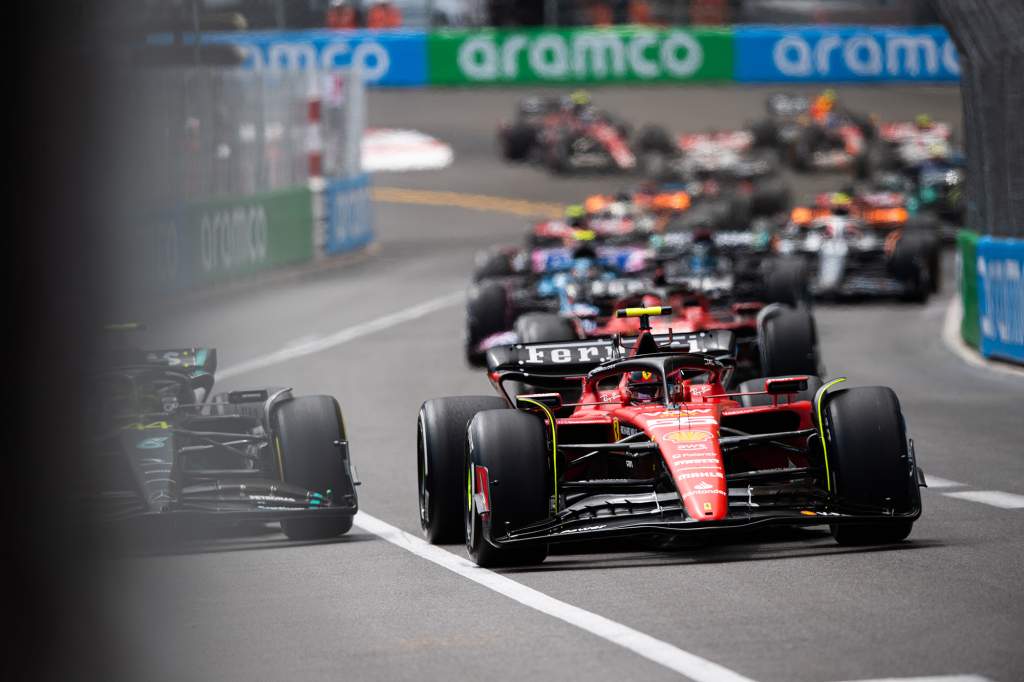Up Next

The FIA has issued a new technical directive to tackle potential grey areas around Formula 1 teams’ non-F1 engineering activities.
The newly-imposed TD45 comes into immediate effect and is backdated to January 1 of this year.
It is described by the FIA as both a technical directive and a cost cap admin clarification which addresses the issue of non-F1 activities costs.
Many of the top teams have non-F1 engineering divisions – notably Ferrari, Mercedes, Red Bull, Aston Martin and McLaren.
The new TD clarifies how the FIA will interpret the costs of any technology or IP created by these non-F1 groups which is subsequently used by the F1 team, and makes clear the value of any such instances will be included in the cost cap. This is an attempt to close a possible loophole in the cost cap regulations.
In theory such technology could have been passed to the F1 team free of charge or for a nominal cost which greatly undervalued the real cost of creating it.
How could it be proven what thought process initiated a technology which ended up being of benefit to the F1 team? What about engineering staff transferred from the F1 team to the sister company working on the new technology? Could they be discounted from the cost cap? What if they returned to the core F1 team afterwards?
The recent recruitment by McLaren of Red Bull’s senior engineer Rob Marshall is understood to have had implications related to matters such as this.
Red Bull boss Christian Horner has said that part of the decision of letting Marshall go after 17 years was because although he was no longer part of the current F1 team’s programme (his chief engineering officer role was described as having a wider remit across the Red Bull group, including Powertrains), if he returned it would be difficult to justify his salary under the cost cap when there were more junior – ie cheaper – engineers capable of doing the job.
That sort of ambiguity isn’t really addressed in the existing cost cap regulations, the relevant section of which is ’Related Party Transactions’. The new technical directive is an attempt to make this less ambiguous and more robust in terms of enforceability.
There is an important distinction to be made between using F1 technology and using a sister company to sell it to the outside world, which is totally legitimate (and allowed for in the regulations) and doing the process the other way around – ie using a sister company to create a technology then used by the F1 team.
This latest move by the FIA is a first attempt at policing – through the clarification of a technical directive – an issue which is expected subsequently to be included in the actual regulations.

It’s also common practice to rotate design and engineering staff between F1 projects such as a car update and other non-F1 activities. In this way their services can be billed to either entity according to the work done – in much the same way that a lawyer could bill different parts of a group for their services, according to what work they have done. The FIA can interview these staff to ascertain if their work contained any overlap not covered in how it was classified.
This has been described in Italy as the FIA ‘investigating teams including Ferrari’, but there is no ongoing investigation. The FIA simply reserves the right to interview staff as it chooses.
A Ferrari spokesperson commented that, “As of today, 23rd June, there is nothing in the technical directive for us to address, and we do not know of any investigation.”





